Box spring vs platform bed: which one is right for your mattress?
Know the differences between a box spring vs platform bed to enhance the comfort of your mattress
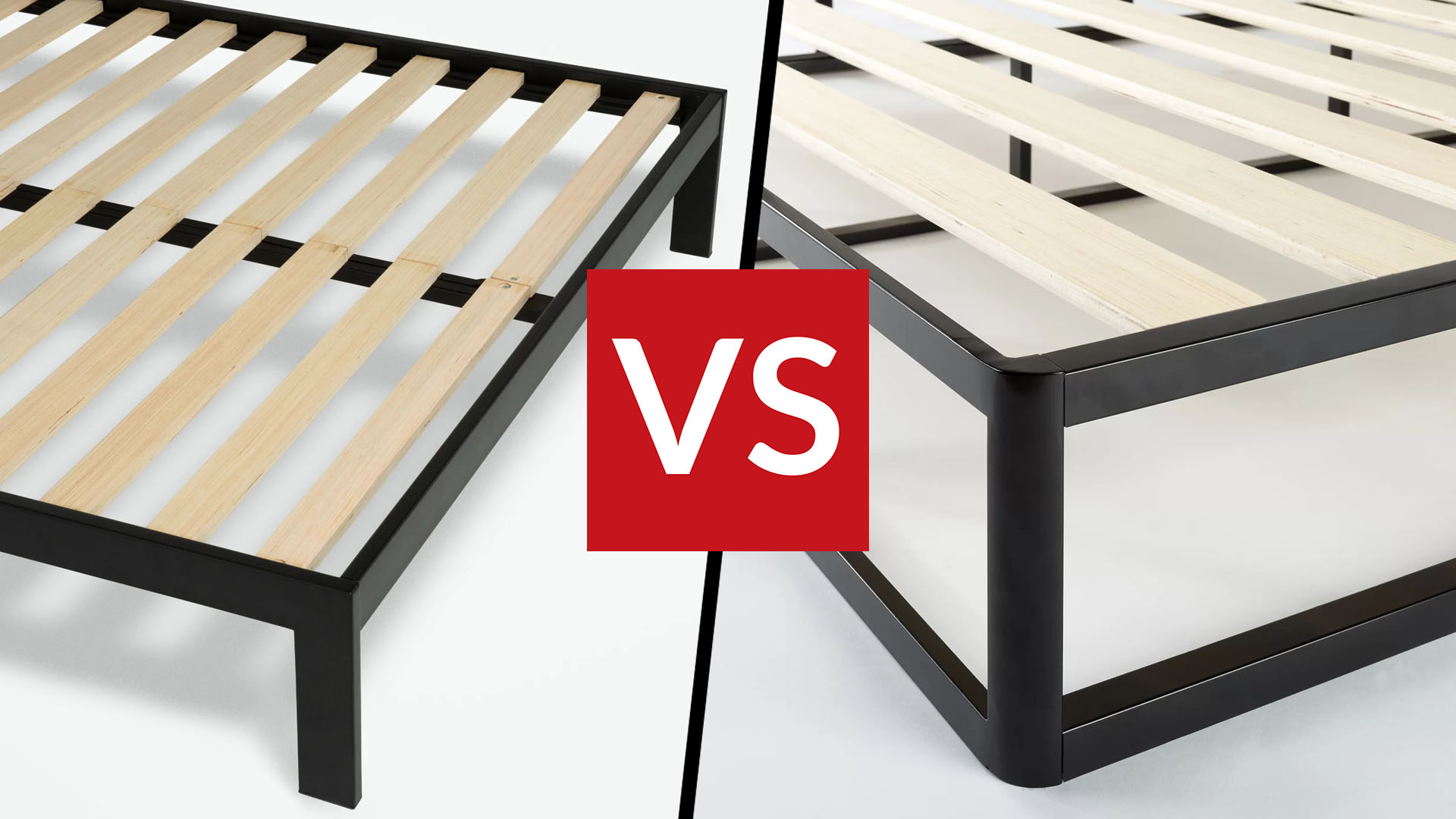
In addition to your mattress, your bed base can either help you achieve restful sleep or leave you feeling worse for wear in the morning. If you're stuck deciding between a box spring vs platform bed, we'll be comparing these two common bed frame options so you can find the right fit.
Whether you're a side sleeper, a heavier person, or struggle with back pain, it's important to consider how a box spring or platform bed can affect your sleep. After all, choosing the wrong bed frame can make even the best mattresses seem uncomfortable, so here's how to choose...
Box spring vs platform bed: What's the difference?
- Box springs are best suited for innerspring mattresses
- Platform beds can be used with any modern mattress type
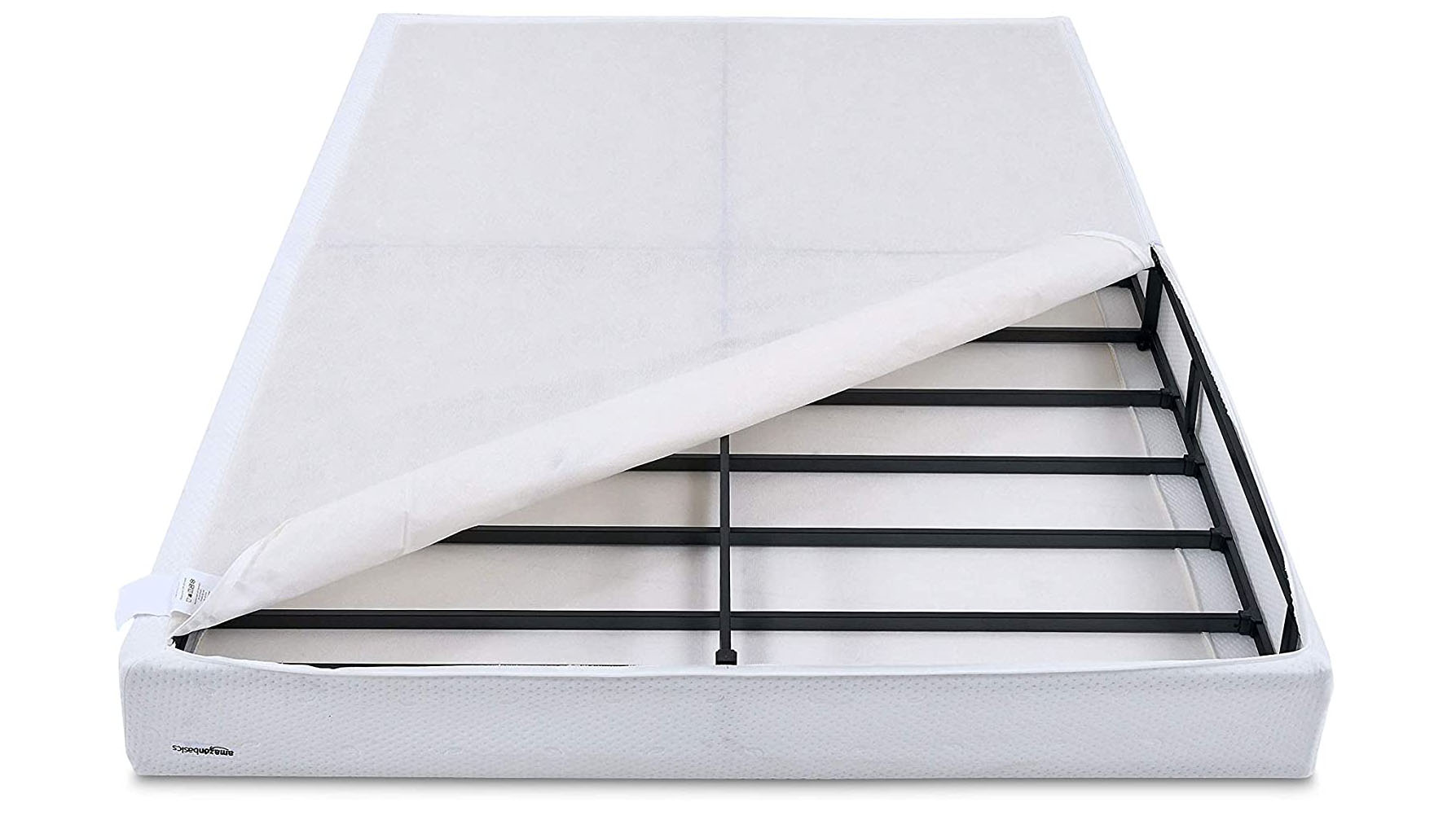
A box spring is an upholstered bed frame that supports and elevates a mattress. Traditional box springs have wire coils, but modern ones will have horizontal slats made of either wood or metal.
Box springs became popular in the 1930s alongside innerspring mattresses — and they're still the best type of bed base to use with traditional spring beds to absorb shock, prevent sagging, and increase airflow. Box springs also add height to your mattress, for a grander, more luxurious appearance.
Modern hybrid, latex, and memory foam mattresses are designed to be steady and shock-absorbent on their own, so they don't need a box spring. Plus, many bed-in-a-box brands forbid the use of box springs with their mattresses, as it can void the warranty.
Expect a box spring to last 5 to 10 years, which is roughly equivalent to the lifespan of a mattress.
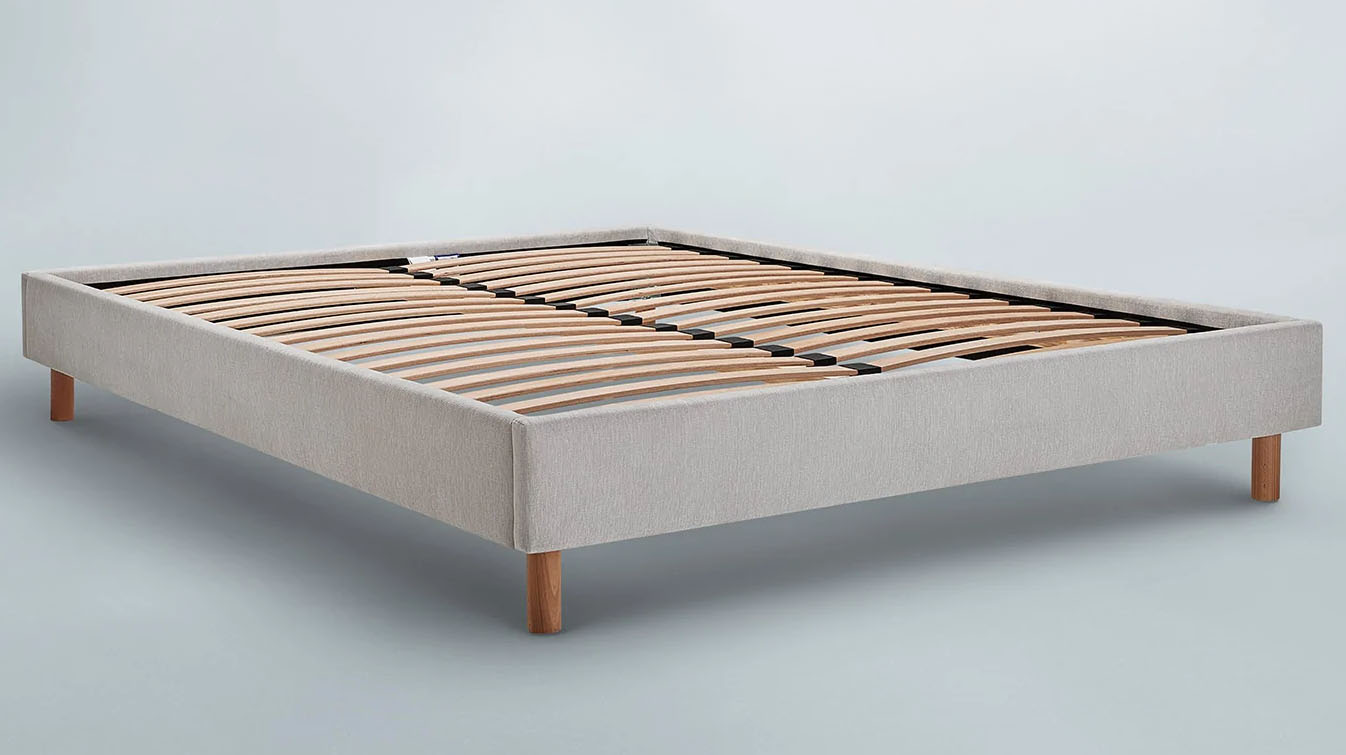
A platform bed is made of wood, metal, and/or upholstery and features built-in support such as wooden slats or a solid foundation. It comes in a variety of styles, and some even have integrated storage drawers to help keep your room organized.
Get instant access to breaking news, the hottest reviews, great deals and helpful tips.
Platform beds are stylish and durable, and can last for many years with proper maintenance and care. They work well with heavier and taller mattresses, and can support as much as 1,500lbs.
You can pair a platform bed frame with any modern mattress type; however, the ultra-firm surface and lack of shock absorption make it a poor choice for innerspring mattresses unless you add a box spring.
Platform beds are between 7 and 12 inches tall. This low profile looks stylish and saves space, but it could be a challenge for individuals who have difficulty getting in and out of bed. Adding bed risers or a mattress topper can make it taller, though.
Read more:
Box spring vs platform bed: support and comfort
- Box springs give innerspring mattresses a more responsive feel
- Platform beds support a lot of weight but make mattresses firmer
A box spring provides a stable, durable surface for innerspring mattresses, lending it a responsive feel that'll suit combination sleepers plus anyone with back or joint pain. It also absorbs shock and extends the lifespan of a mattress by preventing sagging. However, the coils in a box spring can deteriorate quickly, especially if they support a lot of weight.
A platform bed can pair with any type of modern mattress and is excellent for heavyweight sleepers who need optimal support and weight distribution. It also gives mattresses a firmer feel with little consideration for pressure points. Lightweight sleepers, side sleepers, and individuals with aches and pains may not find a platform bed comfortable without the aid of a plush mattress topper.
Box spring vs platform bed: style and design
- Box springs look plain but add height for a cozier appearance
- Platform beds are stylish and functional but not always practical
A box spring will elevate your mattress, giving your bed a cozier, more inviting appearance. You'll find a variety of heights, ranging from 2 to 9 inches, with taller sizes being the standard.
However, box springs themselves can usually be quite plain. They're covered in fabric to conceal the internal structure, and appear similar to a mattress when placed on a bed frame. If you have a comforter or duvet that reaches the floor, this becomes less of an issue.
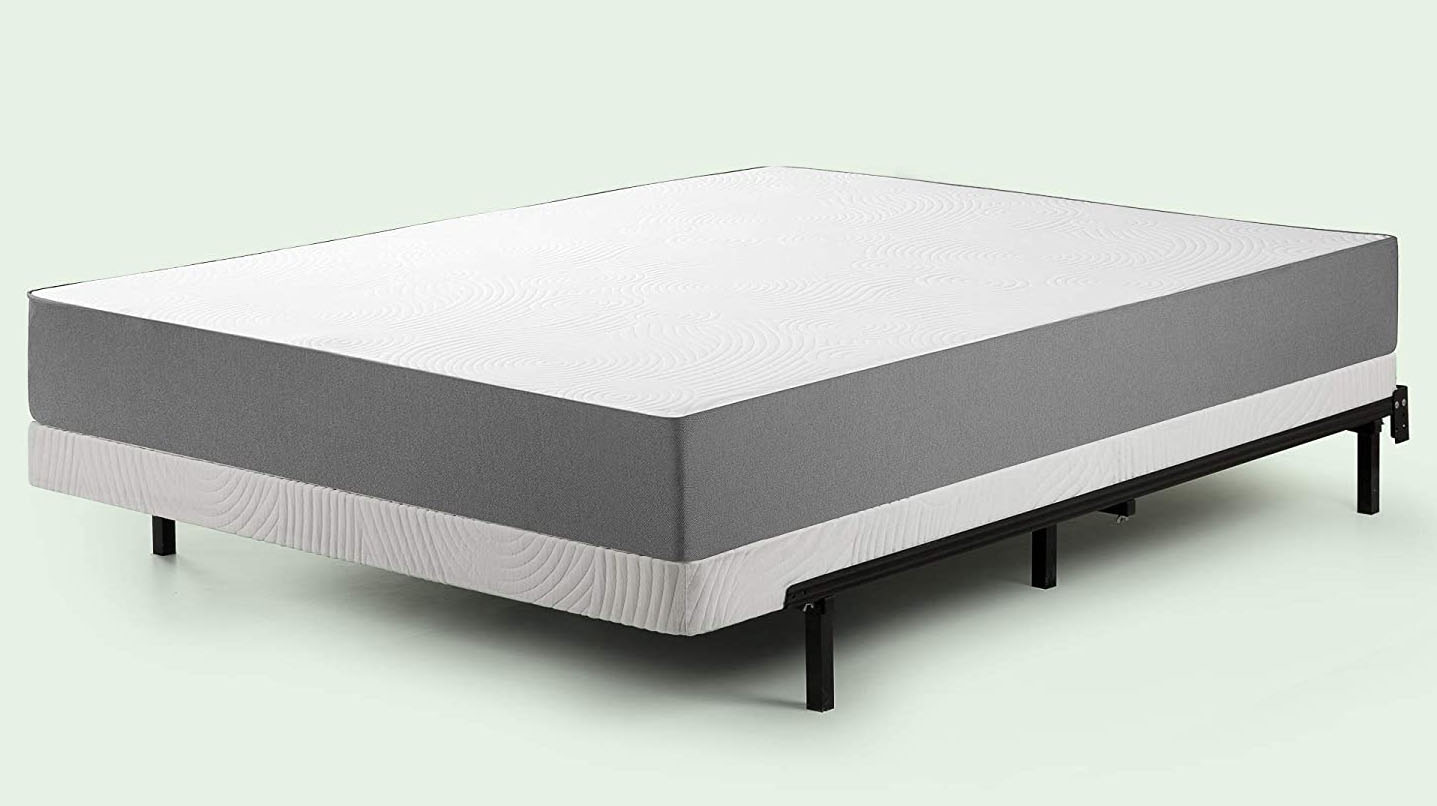
Platform beds range from minimalist (such as the Nectar Platform Bed Frame) to more statement options, some of which add headboards (see our Simba Sirius Bed Base review for an example) or even built-in storage.
Platform beds share a design element of an integrated support base (wooden slats or a solid foundation). They're known for their low profile, usually sitting 7 to 12 inches off the ground, so they might not be the most practical solution for taller people with mobility issues.
Box spring vs platform bed: durability
- Box springs last about as long as your average mattress
- Platform beds can last for decades with proper care
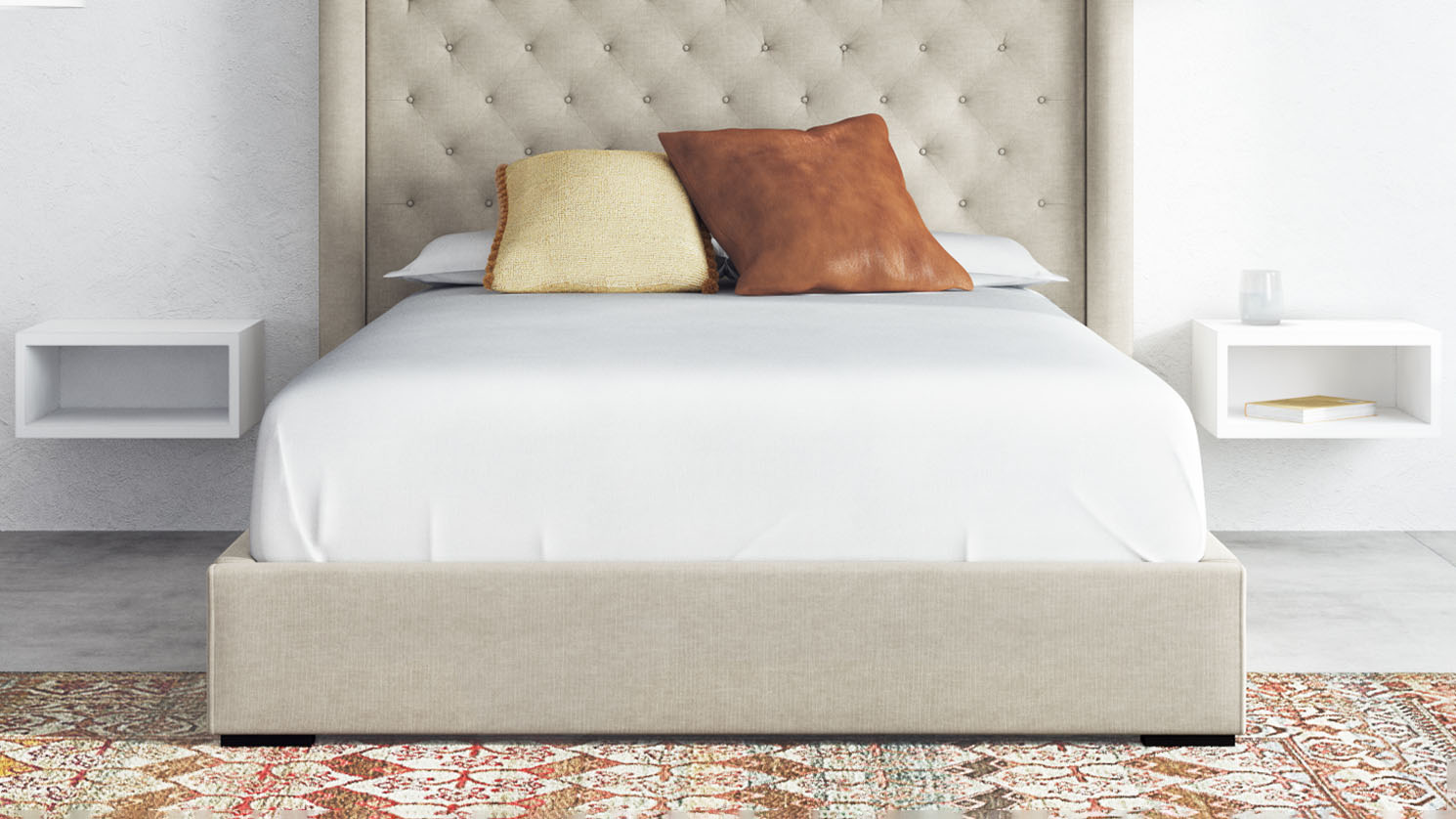
On average, box springs last for 5 to 10 years, which is within range of the lifespan of a traditional mattress (5 to 7 years). Over time, the coils within the box spring will degrade, leading to a loss in support and comfort. When it's time to replace your mattress, you'll likely need to buy a new box spring with it, if not a year or two later.
Platform beds can last for decades with proper care and maintenance. They provide consistent support for any type of mattress, reducing the need for replacements. Though they're sleeker than box springs, platform beds can be heavy and hard to move, so they're less ideal for frequent re-arranging or moving.
Box spring vs platform bed: ventilation
- Box springs and platform beds provide ventilation for mattresses
- Either type of base will foster cooler, more hygienic sleep
Box springs and platform beds improve your overall comfort by creating space for air to move around under your mattress. With box springs, air circulates in between the coils or slats, while platform beds featuring well-spaced slats (or a solid foundation with holes) will enable air to flow freely.
Adequate ventilation of your mattress through your bed base will help regulate temperature and prevent the growth of mold and mildew. For even better sleep hygiene, add a mattress protector to wick away moisture and prevent damage from stains and spills.
Box spring vs platform bed: cost
- Box springs are inexpensive but need to be replaced more often
- Metal frames require box springs, which are purchased separately
- Platform beds may have higher upfront costs but last a long time
The price range for a queen-size box spring in the US is between $100 and $300. For a double box spring, expect to pay £250 - £600.
You can buy a box spring on its own or with a metal bed frame, which will increase the total price. Box springs often need to be replaced at the same time as your mattress (up to every 10 years), potentially leading to a higher overall cost of ownership.
Queen-size platform beds cost anywhere from $150 to over $2,000 in the US, while in the UK, double platform beds range from £100 to £800 or more.
While higher-end platform beds may be more expensive upfront, they are built to last, saving you money in the long run compared to buying a box spring with each new mattress.
Box spring vs platform bed: which should you buy?
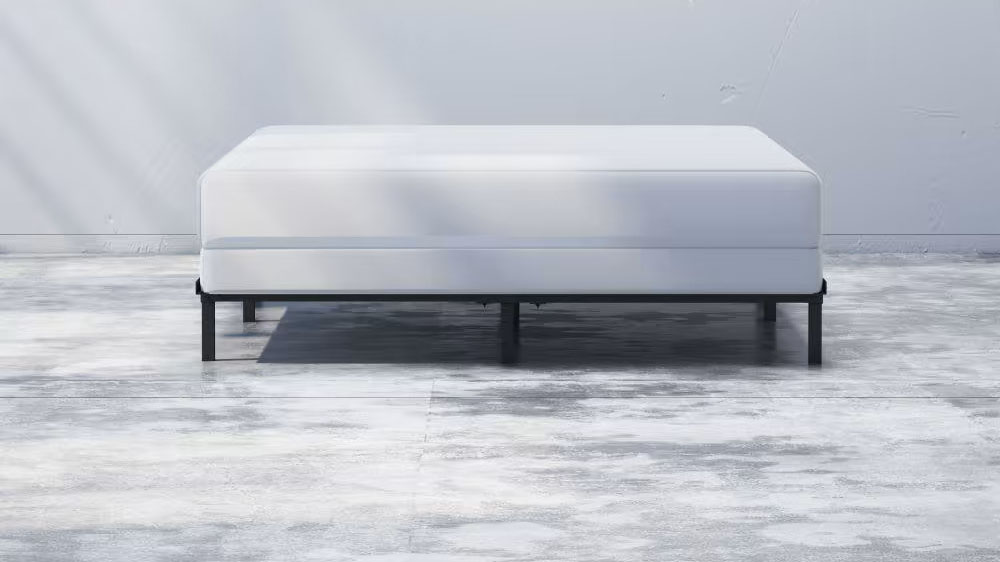
Buy a box spring if...
✅ You have a basic innerspring mattress: A box spring will provide optimal support and shock absorption for simple spring mattresses.
✅ You want to make your bed taller: Box springs boost the height of your bed, which can give it a more inviting and luxurious appearance.
✅ You have a metal bed frame: Since metal bed frames don't have an internal support mechanism, they usually need a box spring.
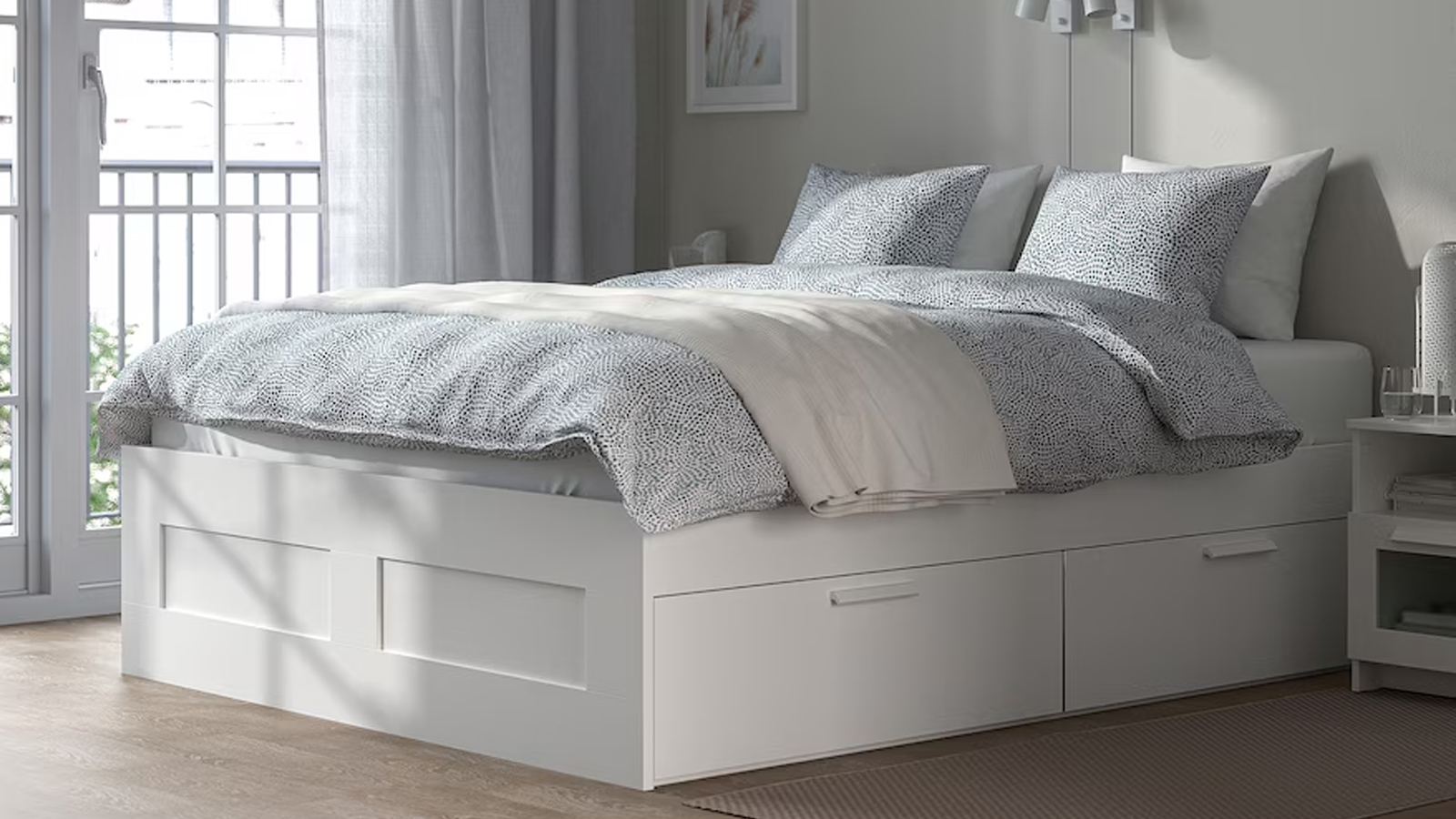
Buy a platform bed if...
✅ You don't have a basic innerspring mattress: You can use any type of modern memory foam, latex, or hybrid mattress with a platform bed.
✅ You need a supportive bed: Platform beds can handle a lot of weight and impart a firmer feel upon a mattress. They're a good choice for heavy sleepers and those who like a harder bed in general.
✅ You need to save space: Platform beds are sleek and work well for smaller bedrooms — especially if they have shelves or drawers built-in.

Based in Philadelphia, writer and editor Alison Barretta has been sharing buying advice and retail news for over 15 years. Since 2020 she's been helping Tom's Guide expand its robust library of sleep content by researching the latest trends, speaking with renowned experts, and going behind the scenes at Saatva, Casper, Sleep Number, Tempur-Pedic, and 3Z Brands. Alison has reviewed everything from budget mattresses to immersive luxury smart beds that automatically adjust to your every move. When she isn't reviewing mattresses or searching for great deals to save you money, Alison can be found practicing yoga and martial arts, experimenting with recipes, getting too invested in the Philadelphia Flyers, and snoozing with her cat / assistant mattress tester Alex.
You must confirm your public display name before commenting
Please logout and then login again, you will then be prompted to enter your display name.
